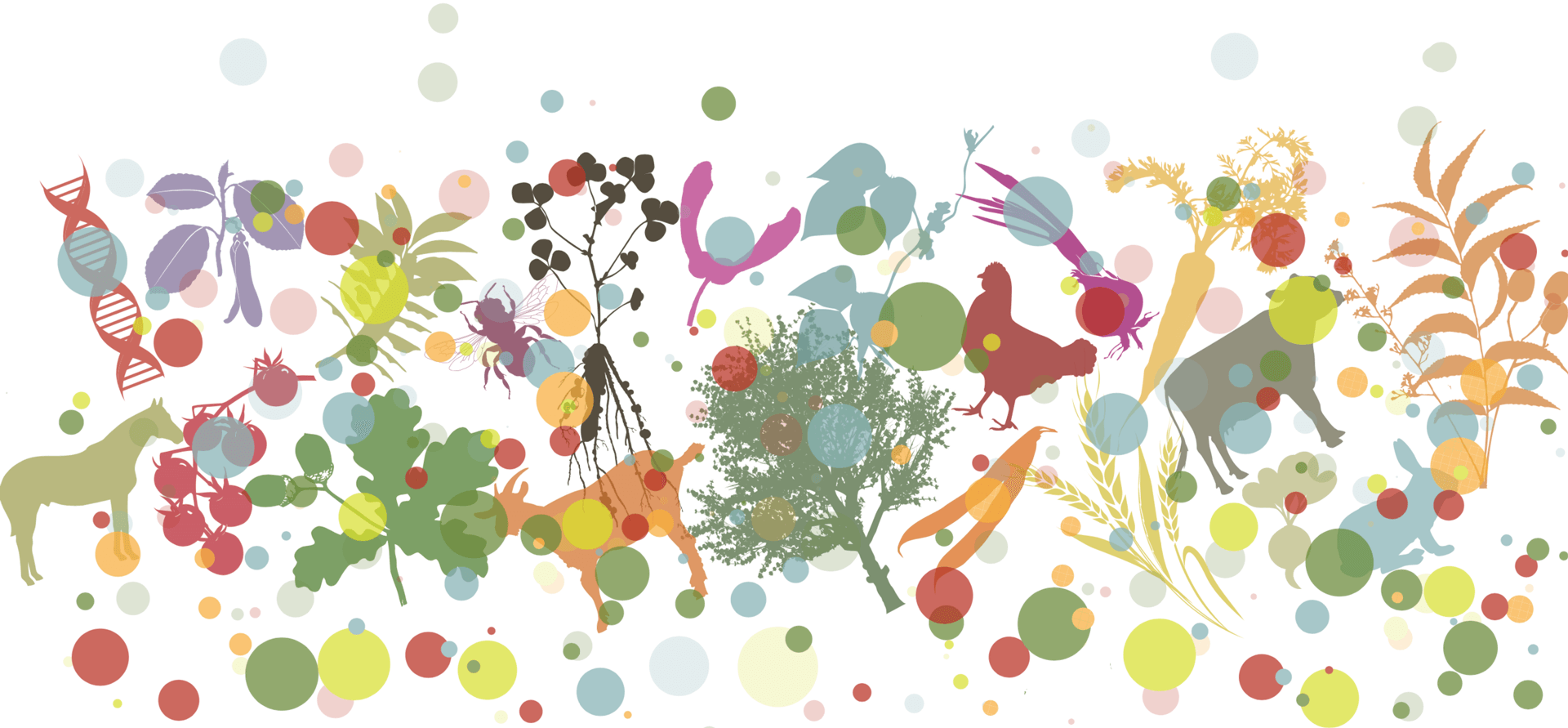New original article on animal genetic resources
Posted on 2022-05-12The Faroese horse, an endangered indigenous horse breed, is a part of the cultural and societal heritage of the Faroe Islands. Population history describes a severe bottleneck, prompting for quantification of the genetic diversity (level of inbreeding, probability of gene origin, effective population size) and assessment of sustainable conservation potential (Optimum Contribution Selection, OCS) of the Faroese horse population. The pedigree completeness (PCI) of the Faroese horse is adequate for a realistic estimation of the level of inbreeding (PCI5 = 0.96). In concordance with the known population history, the average inbreeding is exceptionally high; in the last cohort, it was equal to 26.8%. An estimate of the effective population size, based on individual increase in inbreeding and coancestry, accounting for the whole population history, was eight. OCS offers a tool to understand and control the increase in the average relationships in the population. Within a fixed number of matings, the repetitive use of stallions resulted in the lowest level of average relationships. Successful follow-up of mating schemes planned together with a holistic assessment of the suitability of an individual as a breeding candidate, will minimize the increase in inbreeding in future generations and maximize the possibility to increase the census size of the Faroese horse population.
Read the paper at https://doi.org/10.46265/genresj.KKXV5870


 This journal has been conceived as part of the
This journal has been conceived as part of the